Introduction
Boiling octopus, a culinary technique that has spanned centuries and continents, is both an art and a science. The delicate balance between achieving tender, melt-in-your-mouth flesh and avoiding a rubbery, chewy texture hinges on one critical factor: timing. For home cooks and professional chefs alike, the question “How long should I boil octopus?” is a gateway to culinary mastery. This article delves into the nuances of boiling octopus, exploring variables such as size, freshness, and cooking methods, while providing actionable tips to ensure perfection every time.
Understanding Octopus Anatomy and Texture

Octopus meat is composed of dense muscle fibers, which, if overcooked, become tough and unappetizing. Conversely, undercooking leaves the flesh fibrous and difficult to chew. The key to tenderizing octopus lies in breaking down these proteins through controlled heat. Unlike mammals, octopuses lack collagen-rich connective tissue, meaning their tenderness is not achieved through slow cooking but rather through precise, short-duration boiling.
Factors Influencing Boiling Time
-
Size and Weight:
- Small octopuses (1–2 pounds) typically require 15–20 minutes of boiling.
- Medium specimens (3–4 pounds) may need 25–35 minutes.
- Large octopuses (5+ pounds) can take 45 minutes to an hour.
- Pro Tip: Always weigh the octopus before cooking to estimate time accurately.
-
Fresh vs. Frozen:
- Fresh octopus often requires slightly less time, as freezing can partially tenderize the meat.
- Thaw frozen octopus in the refrigerator overnight for even cooking.
-
Altitude:
At high elevations, water boils at lower temperatures, extending cooking time. Adjust by adding 2–3 minutes per 1,000 feet above sea level.
-
Initial Preparation:
Some chefs recommend simmering octopus with a wine cork, claiming its enzymes tenderize the meat. While debated, this step adds minimal risk and may enhance texture.
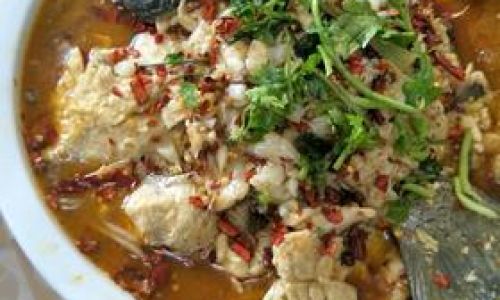
Step-by-Step Boiling Guide
Preparation:
- Clean the octopus thoroughly: Remove the beak (located at the center base of the tentacles), eyes, and internal organs. Rinse under cold water.
- For extra tenderness, some cultures advocate freezing the octopus for 48 hours before cooking.
Simmering vs. Rapid Boiling:
- Simmering: Bring water to a gentle simmer (180–190°F or 82–88°C). This method preserves moisture and prevents toughening.
- Rapid Boiling: A rolling boil (212°F or 100°C) cooks faster but demands strict timing to avoid overcooking.
Cooking Process:
- Fill a large pot with water, adding aromatics like garlic, bay leaves, or peppercorns for flavor.
- Submerge the octopus entirely. For large specimens, fold tentacles to fit.
- Maintain consistent heat and stir occasionally to ensure even cooking.
Testing Doneness:
- Pierce Test: Insert a paring knife into the thickest part of a tentacle. If it glides in easily, the octopus is done.
- Texture Check: The flesh should feel tender, not springy. Overcooked octopus will shred when pulled, while undercooked meat resists pressure.
Shocking in Ice Water:
- Immediately transfer cooked octopus to an ice bath for 2–3 minutes. This halts cooking and firms the flesh, making it easier to slice.
Adjusting Cooking Time for Specific Recipes
Octopus Salad (Greek-Style):
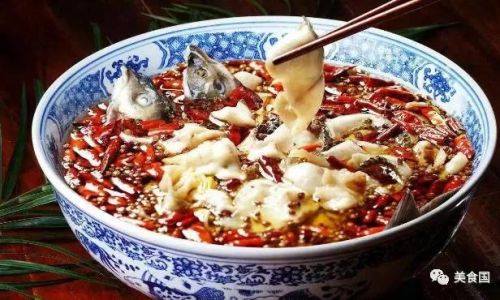
- Boil for 5–10 minutes less than usual to retain a slight chew, then slice and toss with olive oil, lemon, and oregano.
Japanese Sushi:
- Cook until tender, then marinate in a mixture of soy sauce, mirin, and sake for 1–2 hours. The marinade adds flavor without extending boiling time.
Spanish Pulpo a la Gallega:
- Boil for the full recommended time, then slice and serve on a bed of paprika-seasoned potatoes with coarse salt.
Grilled Octopus:
- Parboil for 70% of the total time, then finish on a hot grill to achieve charred edges. This method adds complexity while maintaining tenderness.
Common Mistakes and How to Avoid Them
-
Overcrowding the Pot:
Overlapping octopus pieces lower water temperature, leading to uneven cooking. Use a pot large enough to submerge the octopus fully.
-
Ignoring Altitude Adjustments:
At high elevations, extend boiling time by 2–3 minutes per 1,000 feet to compensate for lower boiling points.
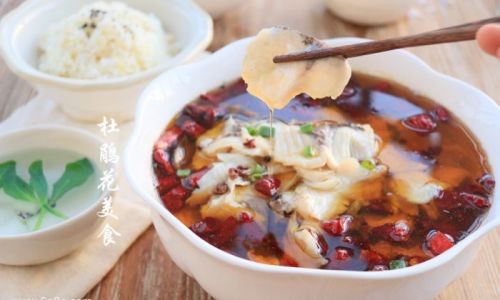
-
Skipping the Ice Bath:
Without shocking, residual heat continues cooking the octopus, risking overdone flesh.
-
Using Old or Improperly Stored Octopus:
Fresh octopus should smell like the ocean, not ammonia. Store frozen octopus at 0°F (-18°C) and thaw correctly.
Advanced Techniques for Culinary Enthusiasts
Sous-Vide Method:
- Vacuum-seal octopus with olive oil, garlic, and herbs, then cook at 176°F (80°C) for 4–6 hours. This ensures edge-to-edge tenderness.
Pressure Cooking:
- Reduce boiling time by half using a pressure cooker. A 3-pound octopus cooks in 12–15 minutes under high pressure.
Tenderizing with Baking Soda:
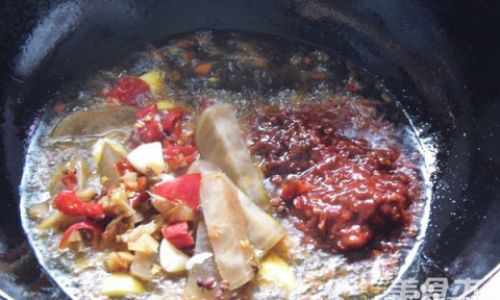
- A 1% baking soda solution (10g per liter of water) during boiling can break down proteins faster, though this may alter flavor.
Pairing and Serving Suggestions
- Wine Pairing: Crisp white wines like Albariño or Vermentino complement octopus’s brininess.
- Sauces: Chimichurri, romesco, or aioli enhance flavor without overpowering.
- Accompaniments: Roasted potatoes, cherry tomatoes, or sautéed greens balance the dish’s texture.
Troubleshooting Guide
| Issue | Cause | Solution |
|---|---|---|
| Rubbery Texture | Overcooking | Reduce boiling time by 5–10 minutes. |
| Fibrous Flesh | Undercooking | Extend time and test doneness again. |
| Bland Flavor | Insufficient seasoning | Marinate post-cooking or add aromatics. |
| Uneven Cooking | Overcrowding the pot | Use a larger pot or cook in batches. |
Conclusion
Boiling octopus to perfection is a testament to culinary precision. By understanding the interplay of size, heat, and technique, even novice cooks can achieve restaurant-quality results. Remember that timing is not a rigid rule but a flexible guideline—adjust according to your octopus’s characteristics and desired texture. Whether you’re crafting a vibrant Mediterranean salad or a smoky grilled appetizer, mastering the boil elevates this cephalopod from humble seafood to a centerpiece of culinary artistry. Experiment, taste, and refine your approach, and soon you’ll wonder why you ever feared the question, “How long should I boil octopus?” The answer, it seems, lies not just in minutes but in the marriage of science and intuition.
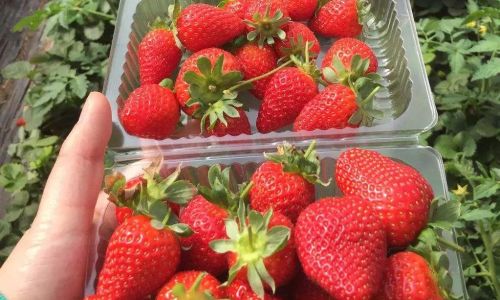

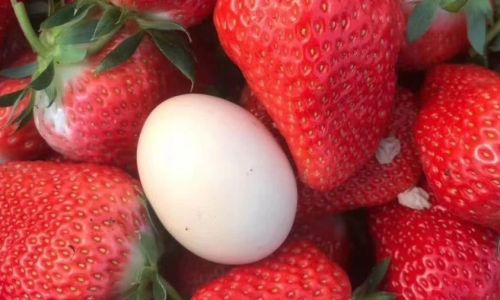
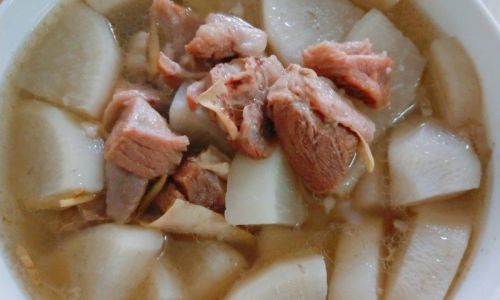
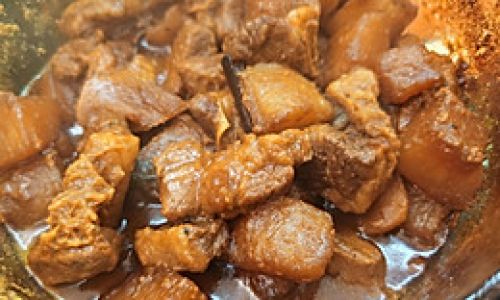
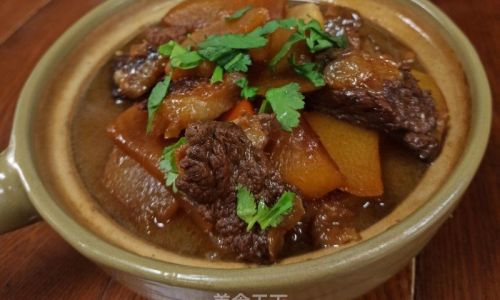
0 comments